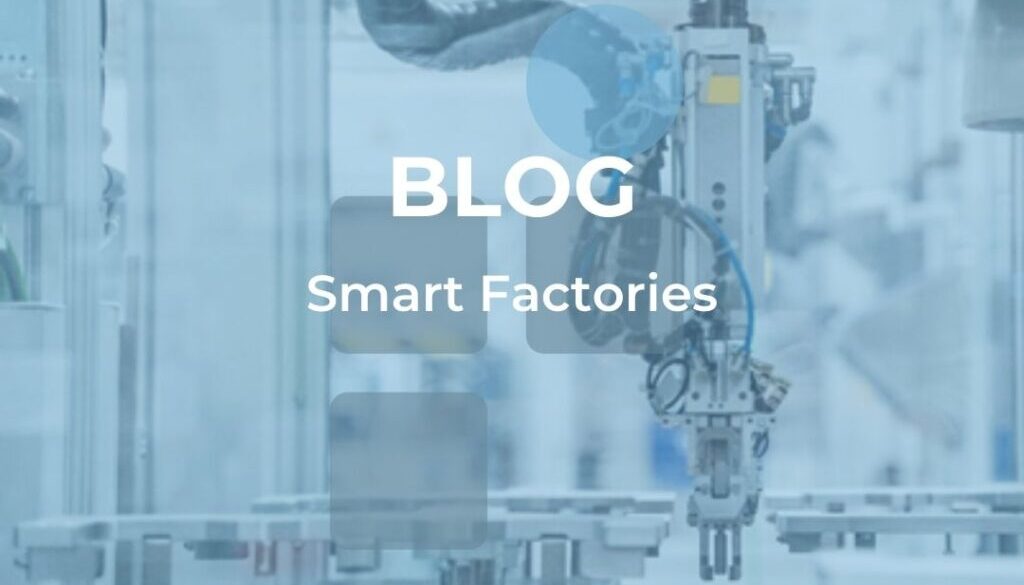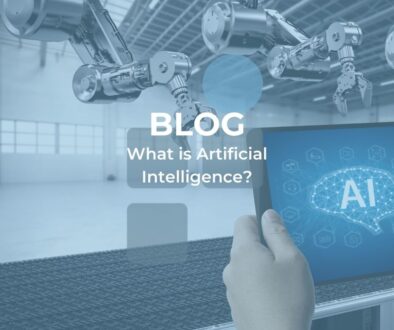Smart Factories

How to build a data highway for Smart Factories
I was aware of the Smart Factory concept, but I knew little about the systems that enable it. So I decided to take a look at two smart factory systems OPC-UA and RAMI 4.0 AAS.
The innovations of the last 200 years have brought humanity countless benefits. As industrial growth continued into the twentieth century, life expectancy more than doubled, literacy increased from 20 per cent to over 90 per cent, and benefits sprang up in the form of products and services, with advances in medicine, communication, education, and entertainment 1.
Some of the achievements have been stupendous. The smallpox virus is gone, eradicated, a killer of 300 million people in the 20th century. At the very centre of these scientific advancements is data. Without data, scientific advancement is impossible.
The Smart Factory is a manufacturing facility that harvests data from equipment sensors to enable its self-directed systems. This data needs to be transferred from the manufacturing equipment sensors to centralised Information Technology (IT) databases for analysis and monitoring.
One of the leading systems allowing data transfer is the industrial communication protocol Open Platform Communications United Architecture, OPC-UA.2 This communication architecture allows for the communication of equipment sensors with databases. OPC-UA is a machine-to-machine communication protocol on which devices, ranging from sensors to programmable machines, can be linked over a single communication loop. The OPC-UA allows data to be gathered from the factory machines and transferred into the local information technology network.
Another component of the evolving factory communication systems is the Reference Architectural Model Industry 4.0 Asset Administration Shell. (RAMI 4.0 AAS). This shell is the interface between the equipment sensors and the outside world. The AAS stores all the data collected from the sensors, and it is the networks communication interface. The AAS is the digital representation of the sensors. Each factory machine is represented digitally by its AAS. The OPC-UA allows the digitally configured AAS assets to communicate their information into databases.

Figure: Factory Machine to IT system communication
An emerging communication system for Smart Factories is a 5G isolated mobile network. This mini 5G network covers the factory and provides the gateway for machine to machine communication over the local 5G system. This development has excited mobile communication providers who are keen to deliver these mini networks to factories.
Gathering and communicating data enables the analysis and monitoring of factory equipment, vital to the Smart Factory concept. Data can be communicated from factory machines using OPC-UA, and the machines can be digitally represented in AAS shells. The IT system can then interrogate the AAS shells to allow the application of information technology systems, such as dashboards, data analysis and widespread communication of the data. It is the supercharged use of data that guides Smart Factories. Systems like OPC-UA, RAMI 4.0 AAS, and local 5G networks provide the transport paths for moving data from machines on the factory floor into sophisticated IT systems.
What data transport systems does your factory use?
References
1. Senge PM. The necessary revolution: Working together to create a sustainable world. 1st pbk. ed. ed. New York: Broadway Books; 2010. Accessed 2017-03-07T15:13:28+0000.
2. Dahlmanns M, Lohmöller J, Fink IB, Pennekamp J, Wehrle K, Henze M. Easing the conscience with OPC UA: An internet-wide study on insecure deployments. . 2020:101-110.
Links
Reference Architectural Model Industrie 4.0 (RAMI 4.0) (europa.eu)
(39) Industry 4.0 Architecture and Factory Asset Integration – YouTube



